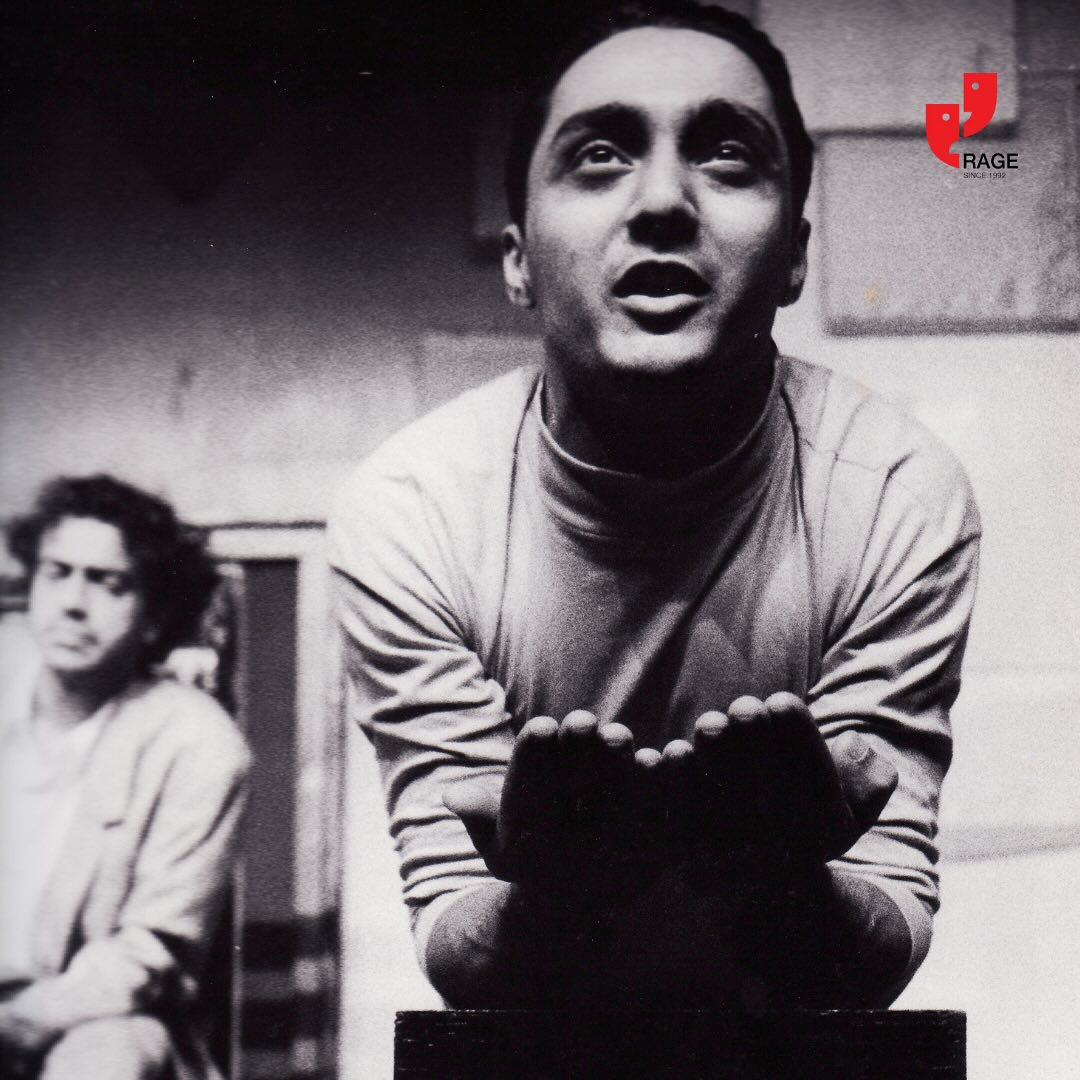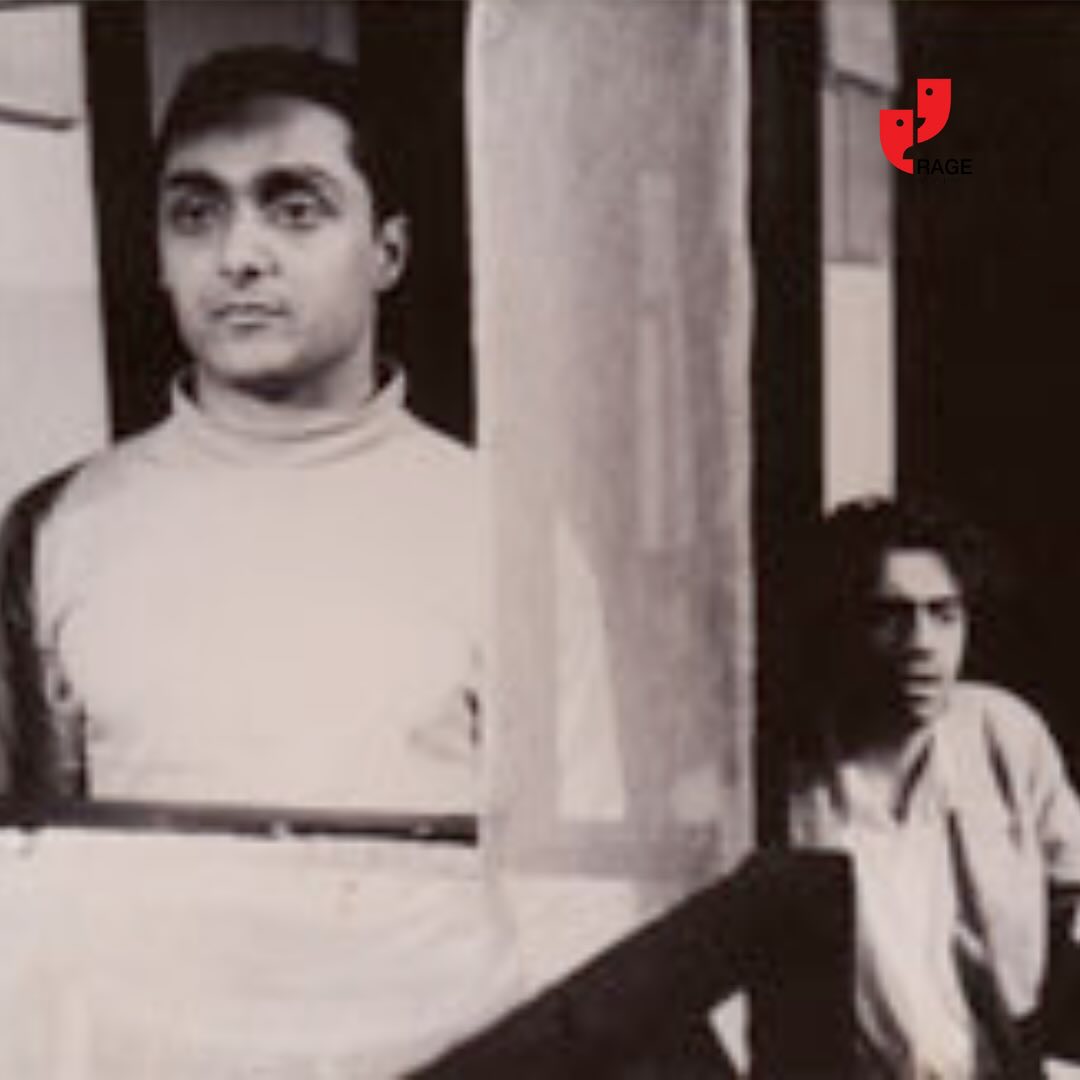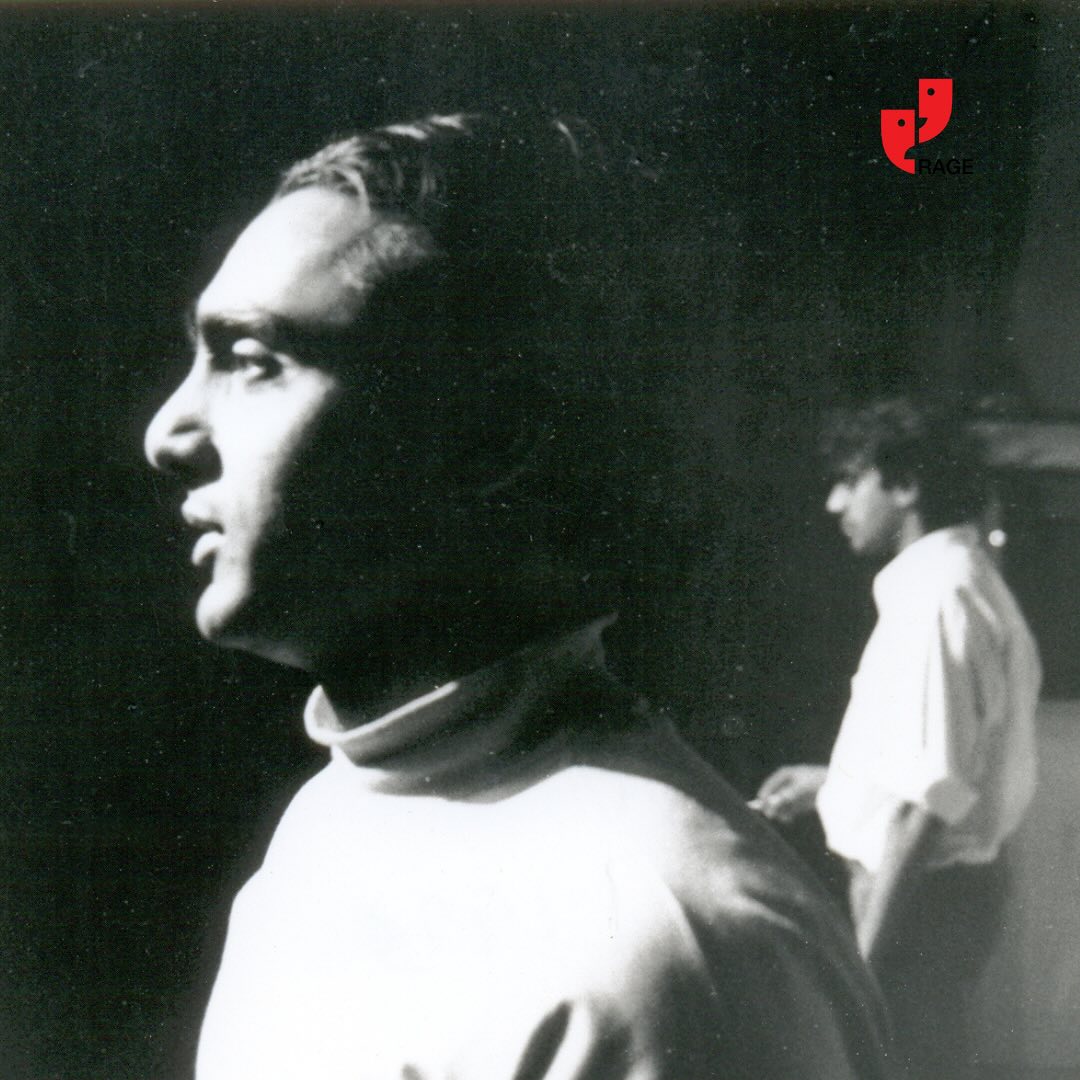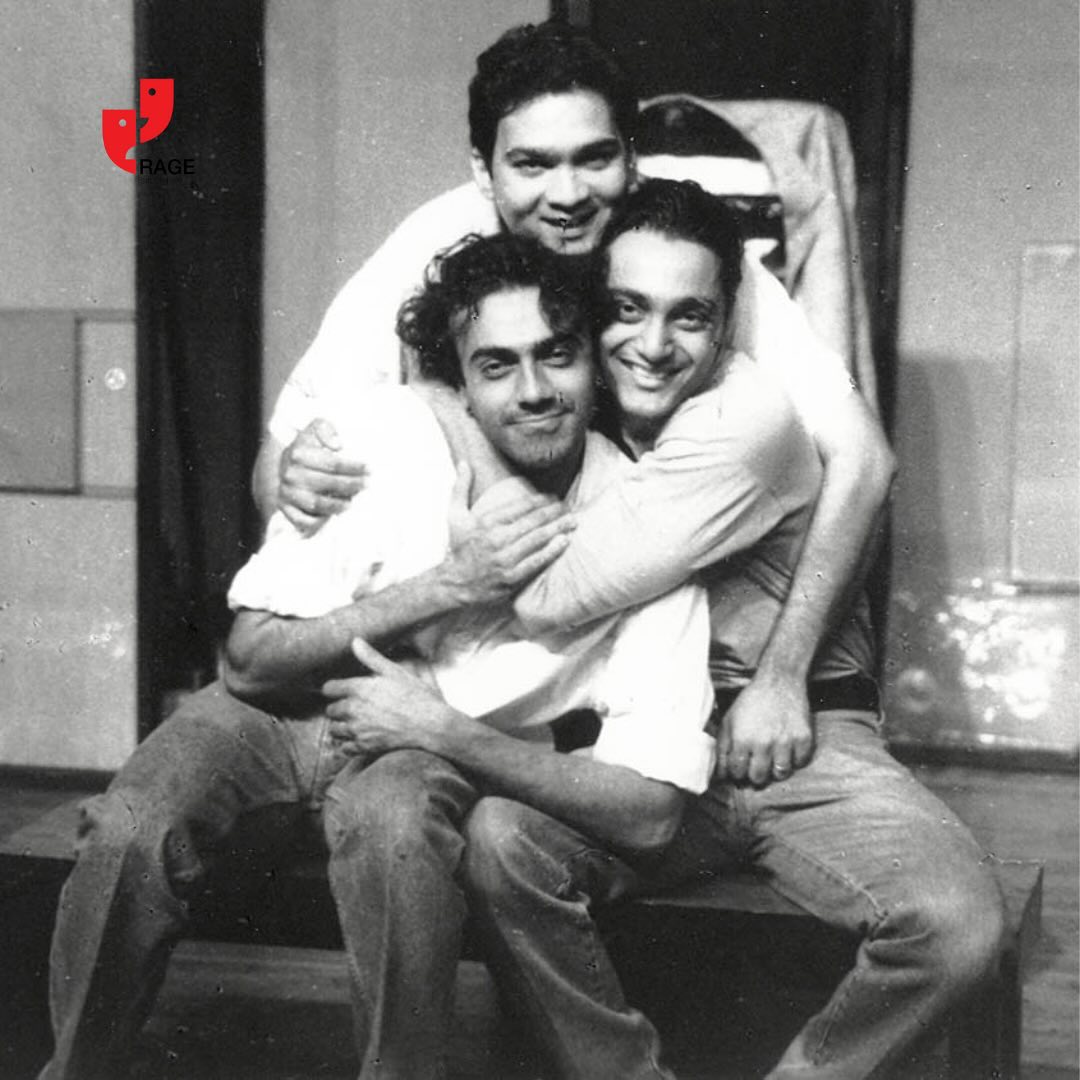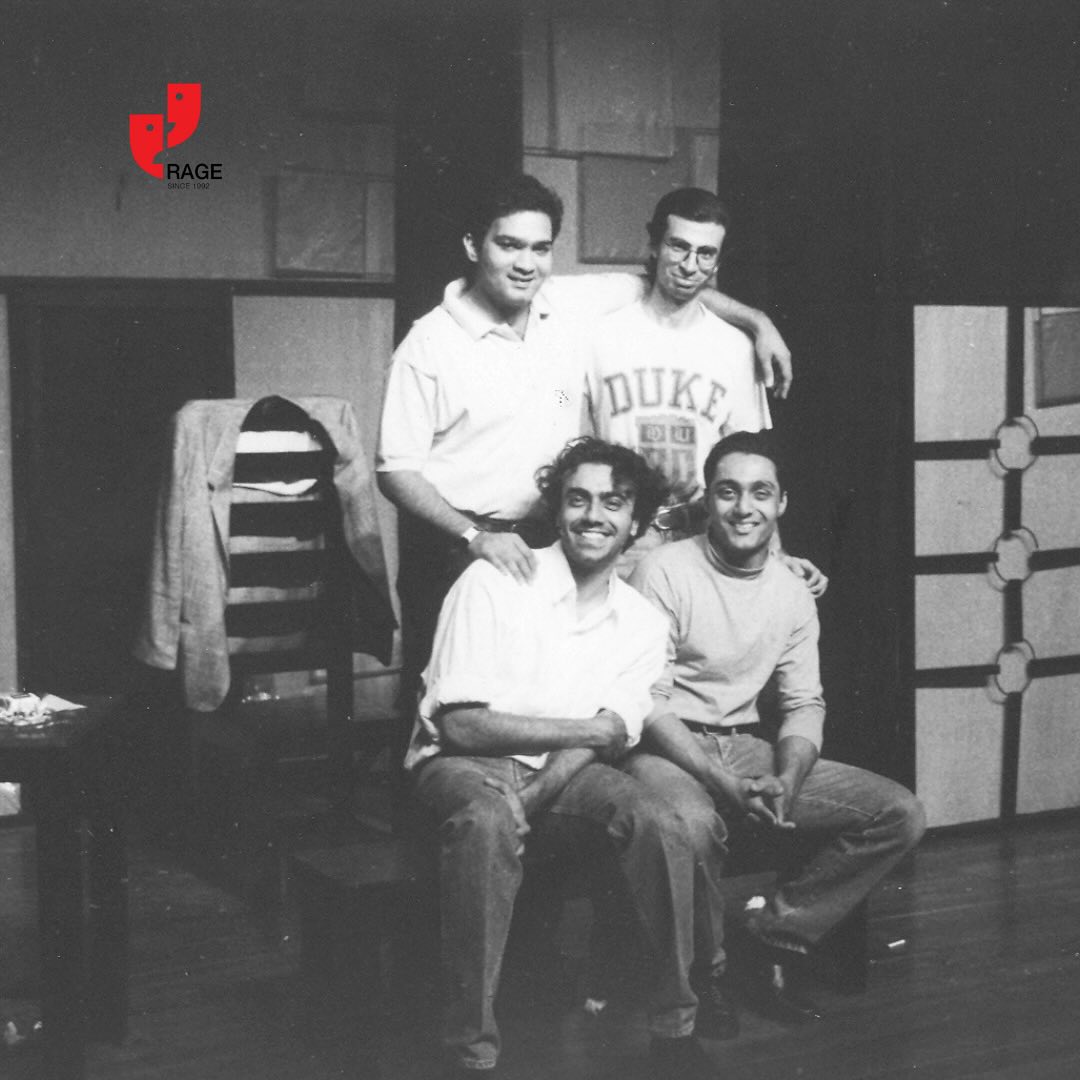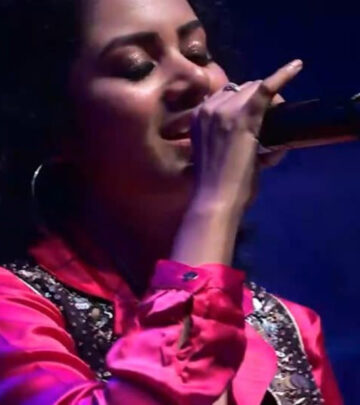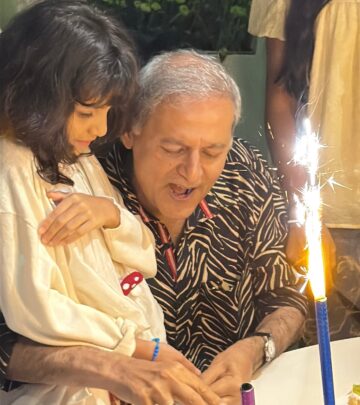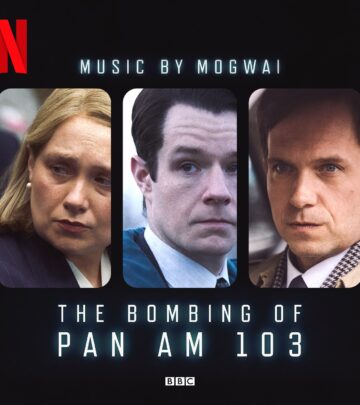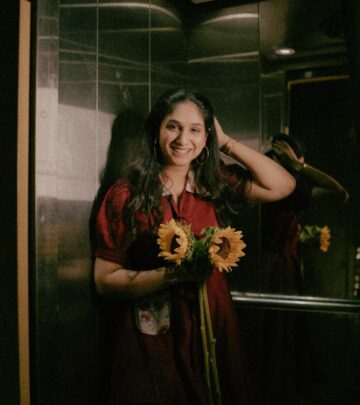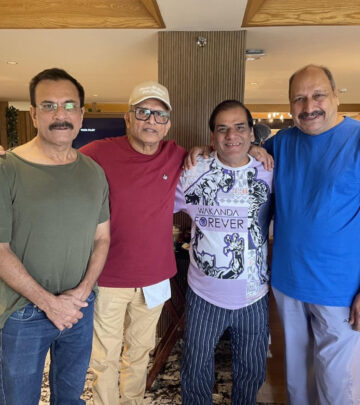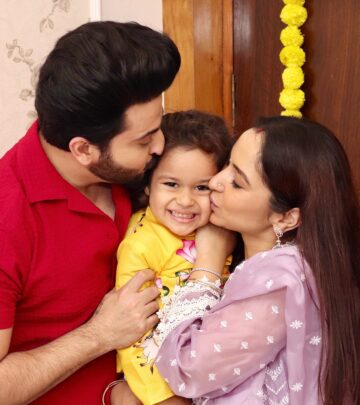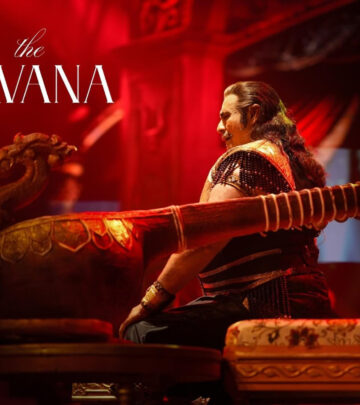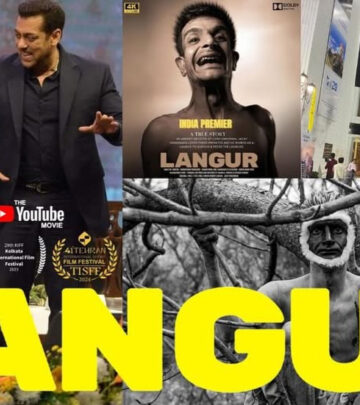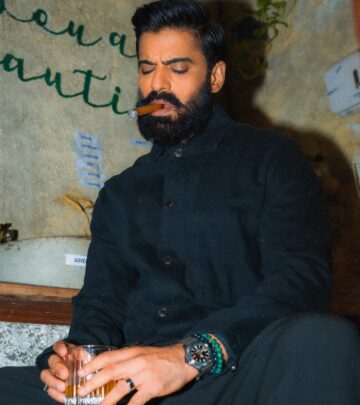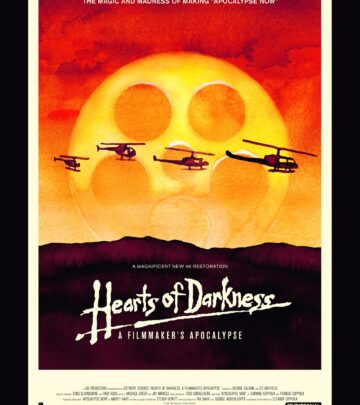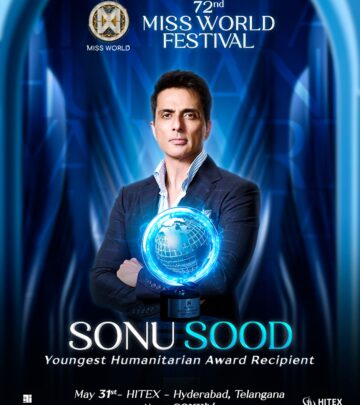Are There Tigers In The Congo?
A chilling 1993 drama exploring AIDS and survival merging humor with stark social insights.
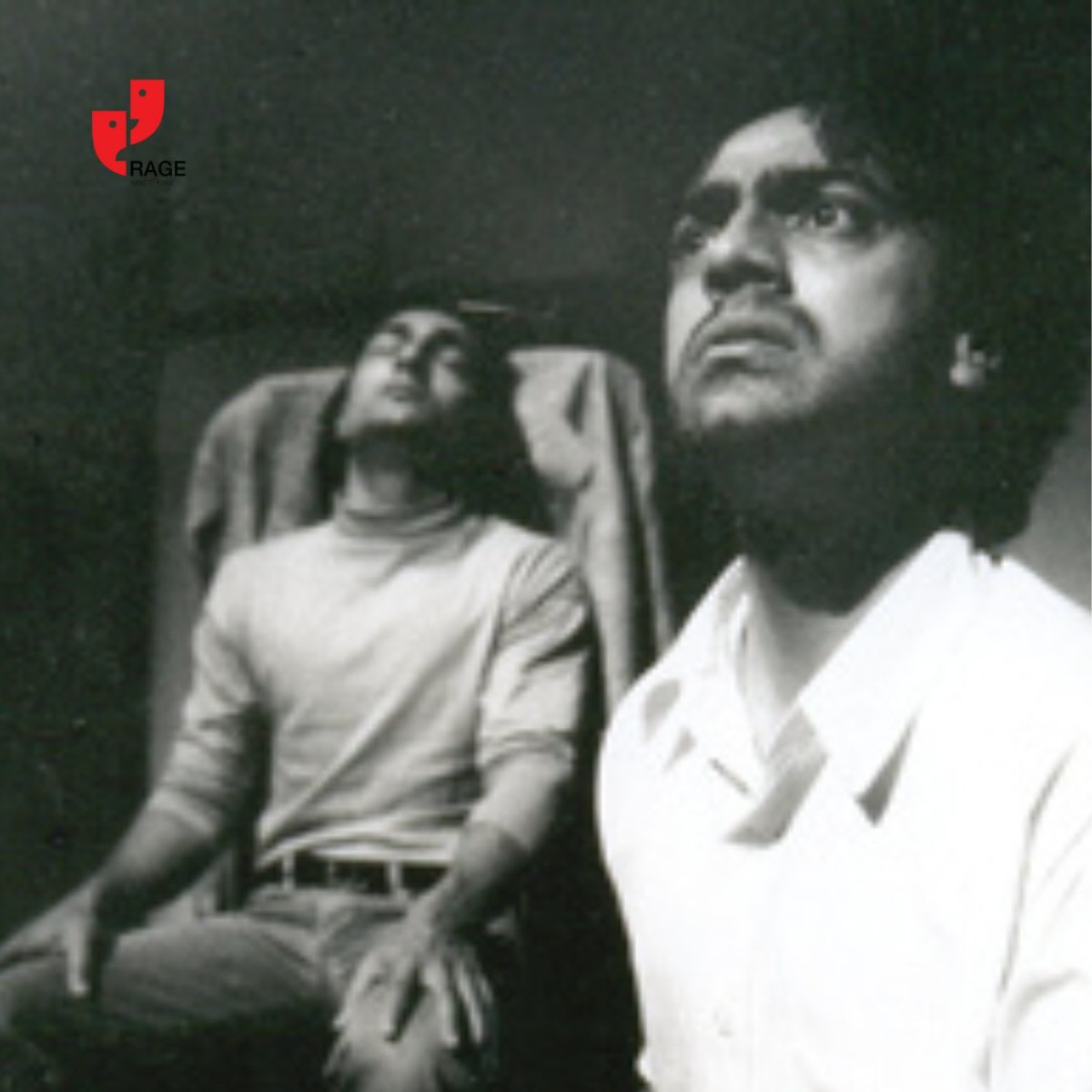
Image: Instagram
The 1993 play, titled “Are There Tigers in the Congo?”, takes center stage as a one-hour theatrical exploration of the social and psychological ramifications of the AIDS crisis. Premiered at The Max Mueller Bhavan in Mumbai, the production marries a dark subject matter with a subtle streak of humor through a narrative about two commissioned writers who set out to craft a comedy – only to find themselves caught in a perilous game of cat and mouse as personal insecurities and the looming fear of AIDS disrupt their plans.
Play’s Gripping Narrative
At its core, the play is a probing examination of how a devastating disease can blur the lines between tragedy and farce. The narrative follows the journey of two writers whose mission to create levity through comedy instead unravels into a tense struggle for survival. The ambiguous title itself—“Are There Tigers in the Congo?”—invites the audience to question the nature of perceived threats versus reality. In this production, the metaphorical tigers represent the unstoppable, often inscrutable forces of social stigma and the terror of uncertainty during an era punctuated by health crises.
Under the thoughtful direction of Rahul Dacunha, the production harnesses an atmosphere of both nostalgia and urgency. Dacunha’s direction emphasizes the stark contrast between light-hearted banter and the grim backdrop of AIDS, a disease that in the early 1990s was shrouded in fear and misunderstanding. As the characters’ insecurities come to the fore, the play skillfully uses irony and wit to underscore the painful truths of the period.
A Cohesive Blend Of Art And History
The play’s creative team also deserves commendation. With innovative stage lighting design by Fali Unwalla, the visual presentation is a crucial element in constructing the mood of the performance. The stage’s lighting and design choices, as captured in several evocative Instagram images, enhance the intimacy of the narrative while lending a sense of timelessness to the play’s aesthetic. The images—featuring dramatic contrasts of shadow and light—mirror the internal conflicts of the characters as they grapple with not only the looming specter of AIDS but also the nuances of human vulnerability.
The cast, led by celebrated actor Rahul Bose and his co-star Rajit Kapoor, injects gravitas into the production. Rahul Bose, known for his wide-ranging roles across film, television, and now the theatre stage, brings an undeniable presence to the performance. His ability to navigate complex emotional landscapes, as seen in his previous works, lends authenticity to the portrayal of a man wrestling with internal demons and external challenges. For audiences familiar with Bose’s diverse career—a journey that spans both critically acclaimed films and impactful theatre productions—the play serves as a nostalgic yet refreshing reminder of his enduring talent.
Having earned accolades for versatile portrayals in projects like the thriller series that captivated viewers on social media, Rahul Bose’s involvement in this play further bridges the gap between popular culture and the more avant-garde, reflective traditions of stage performance. A glance at his background, as detailed in reliable online sources, highlights a career committed to challenging conventional narratives, making his role in this production all the more compelling.
The societal climate of the early 1990s, with its intense media focus on the AIDS crisis, forms the perfect backdrop for this play. By intertwining themes of humor, fear, and survival, the production not only reflects on the past but also invites contemporary audiences to consider the lingering effects of such historical crises on collective memory and identity. The play asks its viewers to reflect on how fear can be both a source of creative inspiration and a catalyst for personal downfall.
The production’s throwback nature resonates strongly with theatre enthusiasts who appreciate a nod to the legacy of Mumbai’s vibrant stage culture. With hashtags like #throwback and #nostalgia circulating on social media, there is a renewed interest in revisiting classic performances that challenge societal conventions. Moreover, the play’s stylistic choices and thematic depth offer a rare glimpse into the innovative spirit of 1990s theatre—a period marked by experimentation and bold artistic statements.
In the final act, the tension reaches a crescendo as the characters’ destinies intertwine. The interplay of dark humor and serious subject matter compels the audience to question their own perceptions and the fine line between comedy and tragedy. The production thus stands as a testament to the enduring power of theatre to interrogate the human condition and evoke profound emotional responses through storytelling.
The play “Are There Tigers in the Congo?” remains an exemplary piece of stage art that revives forgotten narratives and challenges preconceived notions about disease, identity, and survival. Its rich blend of historical context, innovative design, and stellar performances make it not only a tribute to a bygone era but also a relevant commentary on the universal struggles of humanity.
The revival of such a thought-provoking performance underscores the importance of revisiting historical narratives under new artistic lights. It serves as a reminder that while the ghosts of the past continue to influence the present, art remains an ever-evolving medium capable of transforming pain into poignant, enduring insight.
Read full bio of Cynthia Jean Daniel



